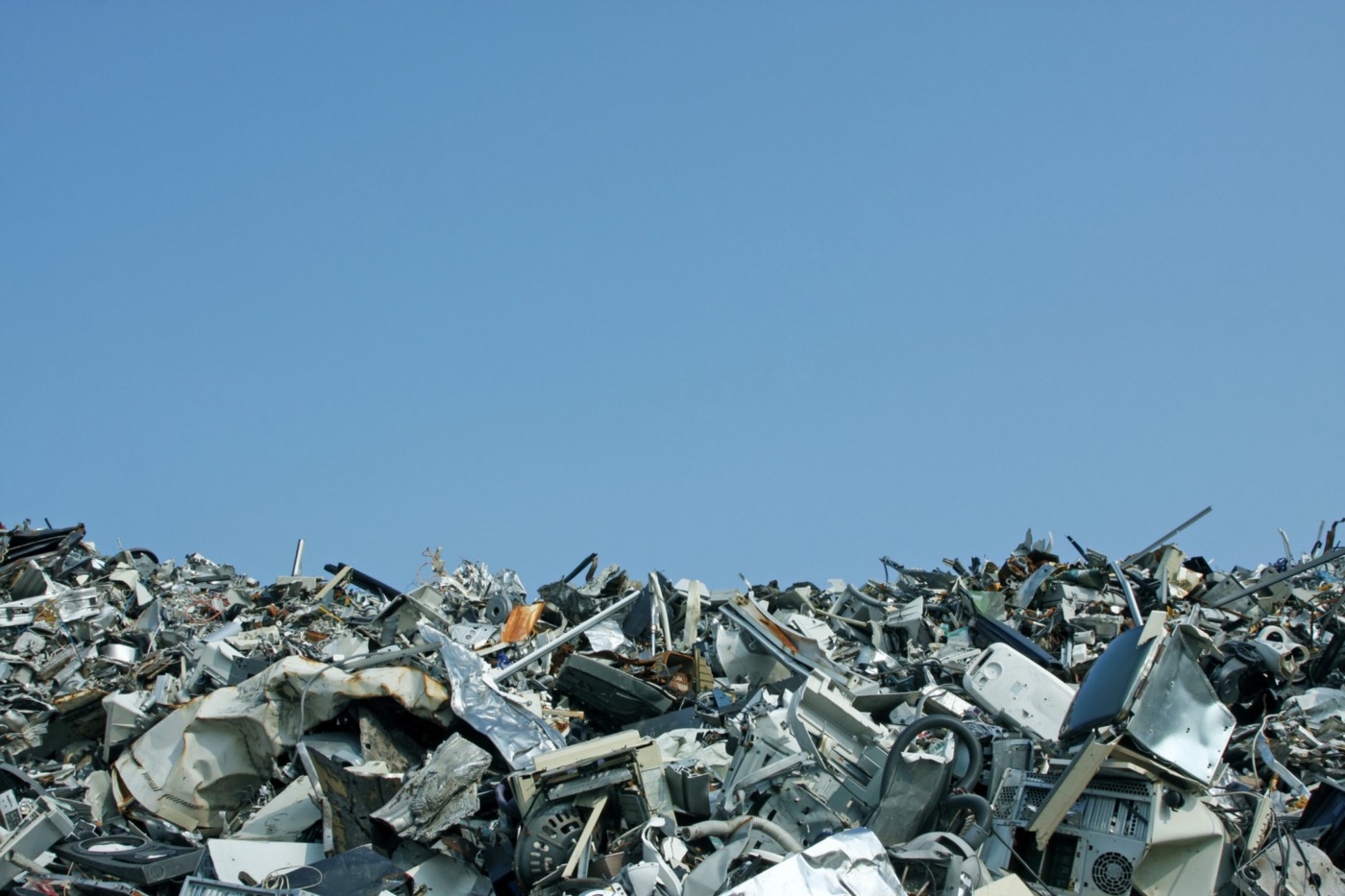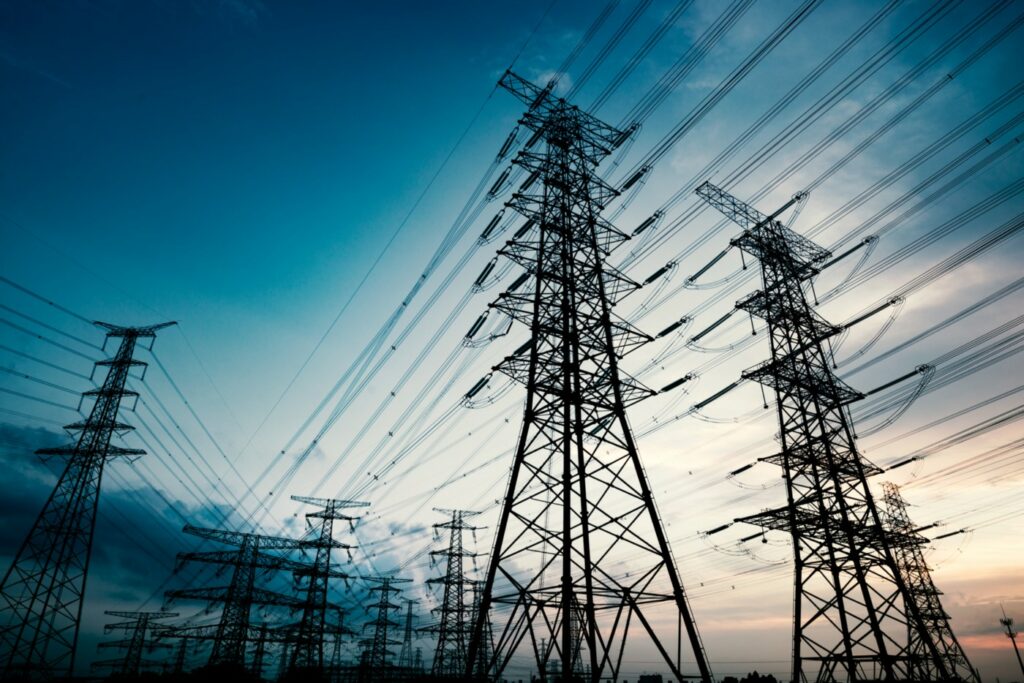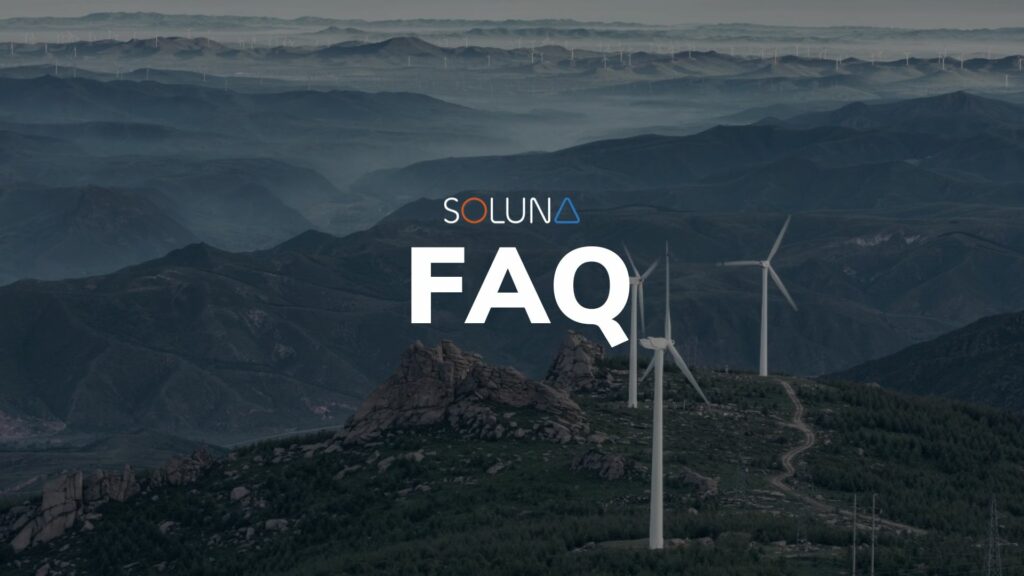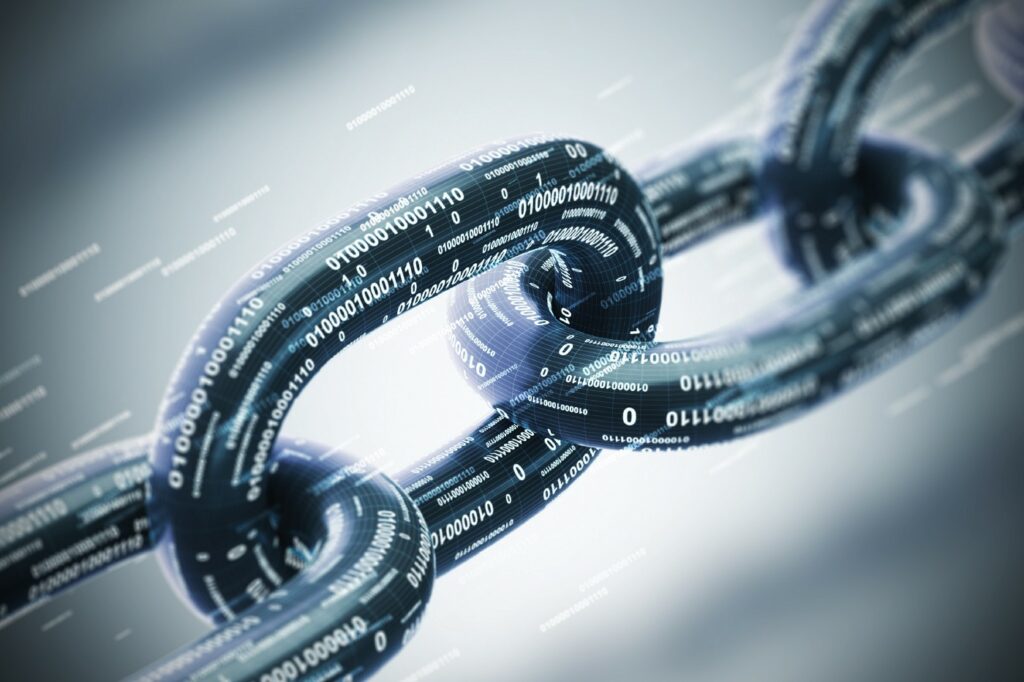by Nicola Phillips, Copywriter
Electronic (“E”) waste is not a new problem.
But it’s getting attention lately, and for good reason. E-waste is now the world’s fastest growing domestic waste stream.
The issue isn’t limited to specific industries, either. E-waste is a byproduct of most facets of modern life — from personal devices to heavy-duty machinery, individuals and corporations alike produce a lot of electronic waste. The world generated 53.6 megatons of e-waste in 2019 (the most recent global stats), of which only 17.4% was properly collected and recycled.
The crypto industry has attracted particular scrutiny for its e-waste practices. The relative microscope put on crypto versus other industries is unfounded — of those 53.6 million tons of e-waste produced in 2019, only 30,700 were from the crypto industry, a whopping 0.057%.
But the larger point — that e-waste is a huge problem — deserves attention. All industries, including crypto, need to do a better job of handling e-waste.
Thankfully, because e-waste is not a new problem, there are some established mitigation methods in place, in addition to new possible incentives.
ASIC miners (the computing chip of choice for Bitcoin) last 7 years on average, with failure rates of 3–5% annually, and can last for 10+ years if kept in good condition.
At Soluna, we buy a mix of new and lightly used equipment; the latter is often discarded by higher cost, less efficient peers, allowing us to extend the equipments’ useful life.
Ancillary pieces of hardware (power supplies, onboard cooling, and ancillary control units) are the leading cause of miner failure. As manufacturers improve these components, the useful life of miners will commensurately increase.
Miners are typically traded in for new, more efficient models before the microchips fail. This is also not a phenomenon unique to crypto; cellphones and laptop computers are often replaced before the technical end of their useful life in favor of the newest, fastest model.

Our business model at Soluna results in lower power costs, which allows us to use our equipment longer than our market peers while remaining profitable.
We also take good care of our equipment. Soluna facilities are designed to maximize airflow, reduce dust, and safely manage high-density energy loads. Issues related to airflow are some of the primary causes of early decommissioning of ASIC equipment. These include improper filtration and resulting dust, improper regulation of temperature, and failure to vent output air.
Electrical issues — operating at voltages outside OEM spec, operating without reducing power rating appropriately, operating on single-phase rather than 3-phase power, use of aluminum wires instead of copper, and inappropriate controls for managing machine power draw and heat loads, among many others — also result in early decommissioning.
Better airflow and more efficient temperature control also result in lower PUE. Data centers (crypto and otherwise) run on electricity (lights, cooling, etc.), but ideally, most of the electricity in your facility goes directly to computing. PUE captures how effective a data center is at doing this, measuring how much electricity is being used for overhead functions versus business functions.
The same conditions that lead to better PUE and increased operational excellence also contribute to healthy miners.
Taking care of your miners makes good financial sense for several reasons. Newer models might be more efficient (and thus more profitable), but it also costs money to replace equipment every few years. Newer models of miners cost over $1000 a piece, with some models pricing much higher.
There are a couple options when it comes to decommissioned miners.
One option is to retain decommissioned miners in order to recycle the reusable parts into other machines when repairs are needed. While this isn’t a perfect solution by any means, it conforms to the waste hierarchy of attempting to reuse before recycling.

Another avenue is to engage an IT Asset Disposition (ITAD) company to manage the recycling of end-of-life equipment. Partnering with established, accredited ITAD providers streamlines the process of handling decommissioned electronics, particularly as data security and compliance regulations become stricter. Formal certifications and guidelines like e-Stewards® 4.0 or R2 (Responsible Recycling) standards ensure that companies can be confident in everything from worker and environmental health and safety to tracking of equipment.
E-waste is a concern for any industry that relies on IT equipment to conduct business (which means any company that uses computers). ITAD companies have evolved over the last 25 years to address the ubiquity of the problem. The infrastructure in place is both established and improving, but gaps in knowledge, willingness, or a combination of the two remain.
A better understanding of the financial case for proper e-waste management — that better facility conditions lead to lower PUE, which leads to increased profitability and healthier miners, which allows you to hold on to your miners for longer while staying profitable — should motivate more companies to get on board.




